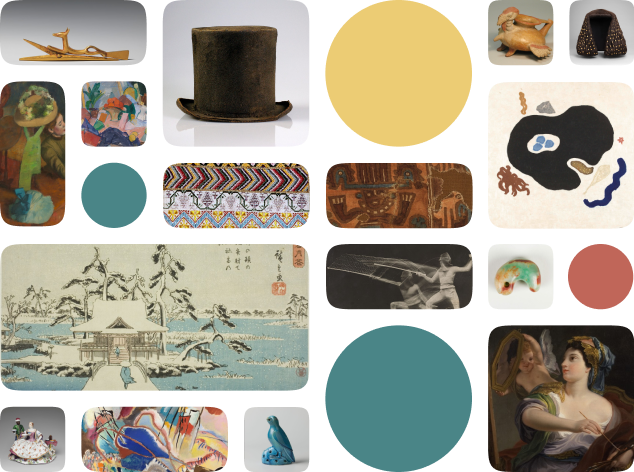Funerary Panel of a Man
Creator Name
Cultural Context
Date
Source
About the Work
This painting of a young man is a Fayum portrait, a type of funerary portrait commissioned by an elite Greco-Egyptian community in Roman Imperial Egypt. It would have been attached to his mummy.
The community was descended from both native Egyptians and Greek officials and settlers who had come to Egypt during the Ptolemaic Dynasty. Accordingly, their funerary art incorporated both Egyptian — the mummy and mummy mask — and Greco-Roman — the highly individualized style of portraiture — elements. The man’s deep brown eyes are outlined in dark pigment — likely representing the use of kohl, an ancient Egyptian cosmetic.
The artist or artists painted this portrait in encaustic, a mix of pigment and wax, on linen. Most existing Fayum portraits were painted on wood; we can see from the damage to this one that linen is a less durable medium. Learn more about the materials used to create Fayum portraits.
Work details
Title
Creator
Worktype
Cultural Context
Material
Dimensions
Technique
Language
Date
Provenance
Style Period
Rights
Inscription
Location
Source
Subjects
Topic
Related Content
All Works in Curationist’s archives can be reproduced and used freely. How to attribute this Work:
Help us improve this content!
Save this work.
